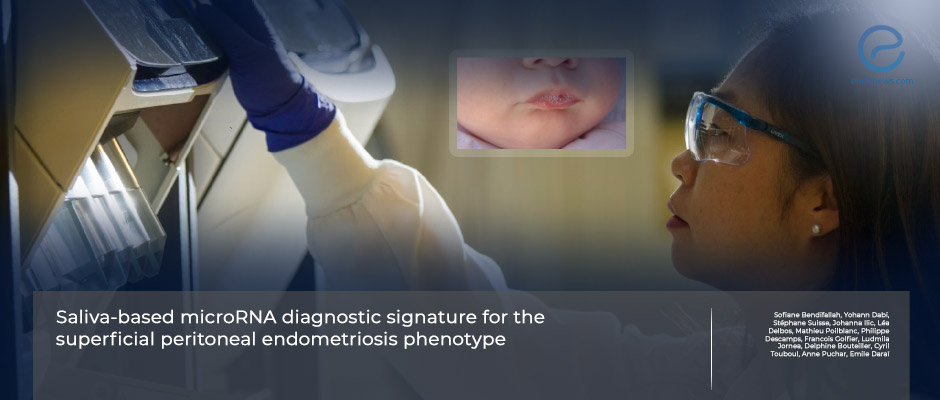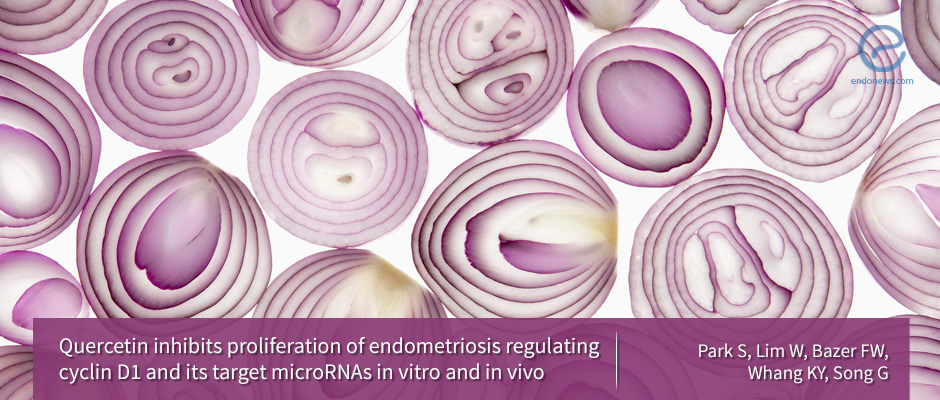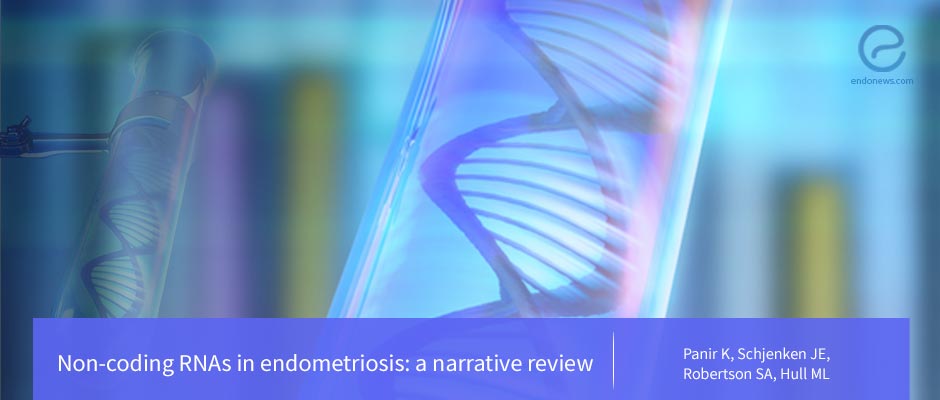microRNA signatures as a non-invasive diagnostic tool for peritoneal endometriosis
Using microRNA (miRNA) signatures obtained from bodily fluids as a non-invasive diagnostic tool for endometriosis has recently emerged as a useful method. Endometriosis remains an underdiagnosed disease, especially with subtypes such as peritoneal endometriosis which presents with non-specific symptoms. Researchers…
Key Points Lay SummaryA new potential biomarker proposal from leukorrhea of endometriosis patients
Endometriosis is typically diagnosed through laparoscopic surgery, which can be invasive and discourages some patients from participating. Therefore, there is a need for a non-invasive diagnostic method. Exosomes, small vesicles containing biological information, can be found in almost every type…
Key Points Lay SummaryRhein usage in endometriosis: A potential new therapeutic agent
The invasive nature of endometriosis has prompted scientists to find preventative and curative methods. The progression and proliferation of endometriotic lesions are being studied extensively. As one of the agents used in Chinese herbal medicine for inflammatory disorders, rhein is…
Key Points Lay SummaryExploring a bonafide biomarker to predict endometriosis
Endometriosis is a complex disease affecting many women in the reproductive age group. As it is important to figure out the mechanisms responsible for the disease, it is also crucial to identify biomarkers that can be used in the diagnosis…
Key Points Lay SummaryMicroRNAs in the pathogenesis of endometriosis and infertility
The gold standard in the diagnosis of endometriosis is laparoscopy and histopathological diagnosis, however search for a non-invasive method has been ongoing. Some biomarkers such as Cancer Antigen 125 have been thought to be useful, but because of their low…
Key Points Lay SummaryNon-coding RNAs and Endometriosis
Non-coding RNAs may have a fundamental role in the development of endometriosis. Non-coding transcripts have regulatory roles in the expression of protein-coding genes, thus regulate several signaling pathways. Based on their length, these non-coding RNAs are classified into two main classes:…
Key Points Lay SummaryMicroRNA Inhibitor as an Endometriosis treatment
Endometriosis is a well-known estrogen-dependent gynecological disorder. This disease affects approximately 20% to 50% of infertile women and 10% of reproductive-aged women resulting in infertility and pelvic pains. In order to find endometriosis-specific treatment, various studies have been tried to…
Key Points Lay SummaryAnti-proliferative and anti-inflammatory effects of "Quercetin" on endometriosis
Quercetin is a major flavonol that is mainly derived from capers and involves a daily consumption of approximately 25–50 mg through various vegetables. In recent studies, Quercetin is reported as a functional compound in obesity, diabetes and cardiovascular diseases. This compound…
Key Points Lay SummaryNon-coding RNAs in endometriosis
The pathophysiological mechanisms causing the development of endometriosis, which is a heterogeneous disease remain enigmatic, and a lack of effective biomarkers necessitates surgical intervention for diagnosis. Non-coding RNA (ncRNA) molecules, which are important regulators of cellular function, have been implicated…
Key Points Lay SummaryEpigenetic regulation of the pathological process in endometriosis.
Epigenetic mechanisms have been recognized as important players in the development of a broad range of human diseases including endometriosis. A growing body of evidence shows that the remodeling of retrograde endometrial tissues to the ectopic endometriotic lesions involves multiple epigenetic…
Key Points Lay SummaryNew Molecular Targets for the Treatment of Endometriosis-Associated Pain
The study identifies potential new targets for alleviating chronic pelvic pain that afflicts many women with endometriosis. A new study published in the scientific journal Redox Biology shows that molecules called microRNAs could be a potential new target to combat…
Lay Summary
 By Eylül GÜN
By Eylül GÜN





 By Ellen Tumimbang
By Ellen Tumimbang

 By Dr. Youngran Park
By Dr. Youngran Park




 By Ezio Rosato
By Ezio Rosato